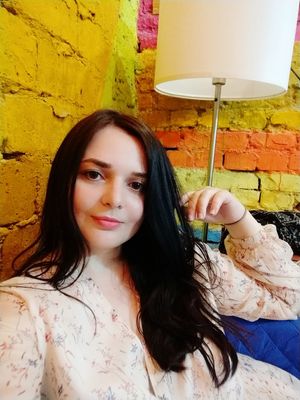
Cognitive dissonance is (a psychological concept introduced by Leon Festinger in 1957) the mental discomfort or tension we feel when
we hold conflicting beliefs;
our actions don't match our beliefs.
For example, if you believe in healthy eating but often eat junk food, you might feel uneasy about it. Marketers use this idea to influence us, like when we justify a purchase to feel better about it.
How Art Therapy Can Help:
Expressing Conflicts: Art therapy helps us show our inner conflicts through drawing or painting, making them easier to understand.
Non-Verbal Processing: For those who find it hard to talk about their feelings, creating art offers a way to express thoughts without words.
Self-Reflection: Making art can help us reflect on our conflicting beliefs and behaviors, offering new insights.
Safe Exploration: Art therapy creates a safe space to explore tough emotions and thoughts at your own pace.
Symbolic Resolution: Art can help resolve conflicts by creating a piece that brings together opposing ideas in a harmonious way.
Empowerment: Creating art lets us experiment with different solutions, giving us a sense of control and flexibility in our lives.
Emotional Release: The process of making art can release emotions, easing the discomfort of conflicting thoughts.
Improved Communication: Art therapy helps discuss feelings and thoughts through the artwork, making it easier to communicate with a therapist.
A study published in the "Journal of the American Art Therapy Association" found that participants who engaged in art therapy showed significant reductions in anxiety and increased self-awareness, helping manage cognitive dissonance.
There are many exercises in my Shop to help you figure out your values, principles, and rules together with making your surroundings safe, cheerful, and positive. You can also order an online art therapy lesson with my guidness!

